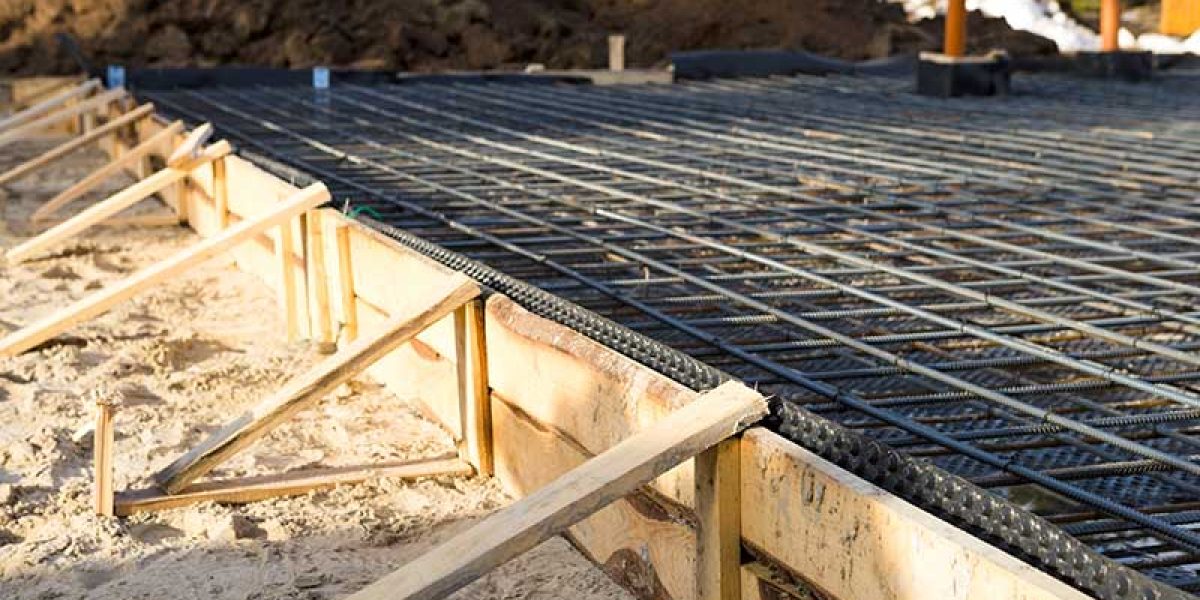When it comes to establishing a sturdy and enduring foundation, the materials used are critical to the structure’s overall performance and lifespan. Concrete, stone, and wood are the three most common foundation materials, each having its own set of features and benefits. This blog post discusses why these materials are popular, their benefits, and what factors to consider when choosing the best foundation material for your building project.
Concrete The Modern Standard
Concrete is likely the most often used material in foundation construction today, valued for its strength, durability, and adaptability. Concrete foundations, which are made out of cement, water, sand, and gravel, may be poured into any shape or size, making them appropriate for a wide range of applications, including residential residences and huge commercial buildings.
Benefits of Concrete Foundations
- Concrete is resistant to fire, weather changes, and pests, making it an extremely durable solution.
- Concrete requires little maintenance once it has been set because of its capacity to withstand environmental stressors and degradation.
- Cost-effective: Concrete is less expensive than alternative foundation materials, especially given its lifespan and low maintenance requirements.
Stone The Traditional Choice
For generations, foundations have been built with stone, which is valued for its natural strength and aesthetic appeal. Stone foundations are often built using field stones or quarry stones set in a precise pattern, often bound with mortar.
Benefits of Stone Foundations
- Aesthetic Value: Stone has a timeless, sturdy appearance that can lend great character to buildings.
- Durability: Stone, like concrete, is extremely durable and can survive severe weather.
- Sustainability: Stone is a natural material that may be sourced locally, minimizing the environmental impact of shipping and processing.
Wood A Natural Insulator
Wood foundations are less prevalent, but they have numerous benefits, notably in terms of insulation. Wood used in foundations is usually pressure-treated to prevent moisture, decay, and insect damage, making it appropriate for certain types of building, particularly in colder areas.
Benefits of Wood Foundations
- Energy Efficiency: Wood’s inherent insulating characteristics can assist save heating and cooling costs.
- Speed of Construction: Wood foundations can be built faster than concrete or stone foundations, potentially shortening overall construction time.
- Flexibility: Wood is generally straightforward to adapt or adjust during construction if adjustments are required.
Choosing the Right Foundation Material
When choosing the appropriate foundation material, numerous criteria must be considered:
- Local Climate: Materials should be chosen for their capacity to endure local weather and ground movement.
- Soil type has a significant impact on the suitability of a foundation material due to its bearing capacity and drainage features.
- Environmental Impact: Consider the material’s sustainability, including its manufacturing process and life cycle.
- Budget: Cost limits might influence material selection, as some solutions are more cost-effective in the long run.
The material used for building foundations—whether concrete, stone, or wood—is determined by a variety of considerations such as durability, cost, aesthetic choices, and environmental circumstances. Understanding the benefits and limitations of each material allows builders and homeowners to make informed selections that assure their structures’ stability, efficiency, and lifespan.








